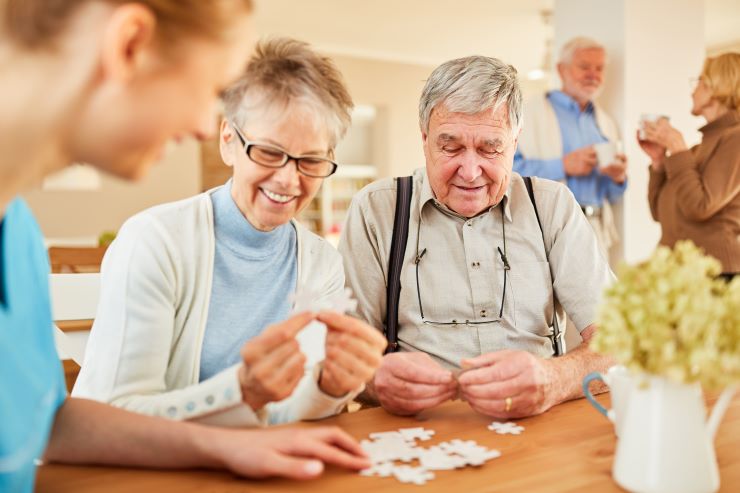Community-Led Initiatives Transforming Public Spaces and Access
Community-led projects are reshaping how people use and reach public spaces, addressing practical barriers and social divides. By focusing on local needs, residents and organizations adapt parks, transport, and services to reflect changing demographics, migration patterns, and economic pressures, while promoting inclusion and shared stewardship.

Community-led initiatives are increasingly central to how cities and towns adapt public spaces to changing social realities. Local groups, neighborhood associations, and civic networks work with planners and service providers to respond to shifting demographics, increased migration, and rising urbanization. These efforts aim to reduce inequality, strengthen integration across diverse populations, and ensure aging residents and those with limited mobility can access essential services. Practical approaches include redesigning streets for pedestrians, opening schoolyards as community spaces, and coordinating volunteer-run outreach to complement formal governance and public services.
How do demographics shape public spaces?
Demographics influence what communities need from shared spaces: playgrounds for young families, benches and shade for older adults, and accessible routing for people with reduced mobility. When residents map population trends—birth rates, aging, or recent migration—they can advocate for targeted investments in education and healthcare access points within walking distance. Community organizations often broker insights between residents and municipal planners, using demographic data to prioritize where childcare, employment-support services, or language-access resources will have the greatest impact. This localized approach helps align infrastructure with real daily patterns rather than one-size-fits-all solutions.
How can inclusion be built into design?
Inclusion in public space design means more than ramps and wider sidewalks; it involves cultural representation, safety, and programming that reflects community diversity. Participatory design workshops invite people across income, age, and cultural groups to influence how spaces are programmed and managed. Initiatives that host multilingual events, provide health screenings, or reserve markets for small local vendors reduce barriers tied to inequality and economic exclusion. By centering voices historically left out of civic conversations, community-led processes strengthen social cohesion and promote integration, making public spaces places where diverse residents feel welcome and visible.
What role does urbanization play in access?
Rapid urbanization often concentrates pressure on parks, transit, and public facilities, potentially widening gaps in service access. Community coalitions can respond by repurposing underused parcels, negotiating temporary pop-up facilities, or stewarding vacant lots as pocket parks. Such grassroots responses help manage demand while municipal governance develops longer-term plans. Community-led transit advocacy can also influence mobility decisions, ensuring that routes support employment centers, schools, and healthcare clinics. When urban growth is managed with input from local stakeholders, public space investments tend to better reflect patterns of use created by changing migration and employment trends.
How can education influence equitable access?
Education initiatives tied to public spaces expand both learning and civic engagement. Schools that open campuses for after-hours community classes, libraries that host job-readiness programs, and youth-led public art projects connect education to broader access goals. These programs address inequality by providing informal educational pathways and by linking residents to local services, such as healthcare referrals or employment support. Community education also builds civic capacity: residents become better equipped to participate in governance processes, advocate for accessible facilities, and lead stewardship activities that sustain improvements over time.
How does healthcare access intersect with public space?
Access to healthcare is both a destination and a service that can be supported through community-led spatial strategies. Pop-up clinics in parks, mobile health units that use transit hubs as service points, and community health navigators stationed in public centers reduce barriers related to transportation and awareness. Such measures are especially important for aging populations, recent migrants, and low-income residents who face disparities in care. By integrating health services into everyday public places, communities can improve preventive care uptake and create more resilient local networks that complement formal healthcare systems.
How can mobility and civic engagement improve integration?
Mobility—physical and social—is key to integration. Community-driven mobility solutions include volunteer-run shuttle services, bike-share cooperatives, and coordinated advocacy for safer pedestrian crossings that connect people to employment and education sites. Civic engagement initiatives, such as participatory budgeting or neighborhood assemblies, give residents direct influence over where mobility funds go. These combined efforts reduce isolation, foster employment opportunities, and support diverse participation in local governance, reinforcing the idea that accessible transport and strong civic networks are interdependent elements of inclusive public spaces.
Community-led transformations of public spaces aim to address multiple, intersecting challenges: inequality, migration-driven change, aging populations, and uneven access to education, healthcare, and employment. By centering local knowledge and coordinating with municipal governance and service providers, these initiatives can create practical, context-sensitive solutions. Sustained impact relies on inclusive participation, transparent decision-making, and mechanisms to ensure improvements remain responsive to evolving community needs.





